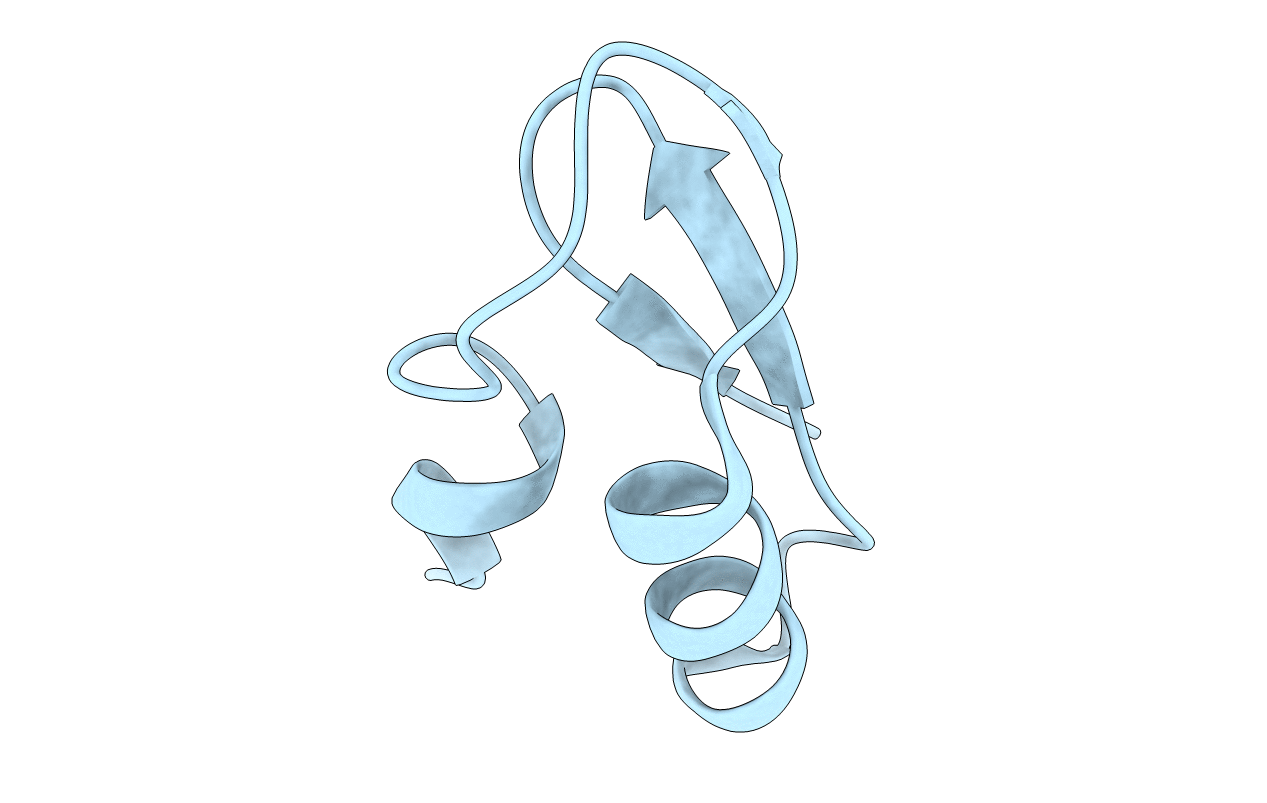
Deposition Date
2003-07-03
Release Date
2004-06-22
Last Version Date
2024-10-30
Entry Detail
PDB ID:
1PX9
Keywords:
Title:
Solution structure of the native CnErg1 Ergtoxin, a highly specific inhibitor of HERG channel
Biological Source:
Source Organism:
Centruroides noxius (Taxon ID: 6878)
Method Details:
Experimental Method:
Conformers Calculated:
10
Conformers Submitted:
1
Selection Criteria:
structures with acceptable covalent geometry, structures with favorable non-bond energy, structures with the least restraint violations, structures with the lowest energy


